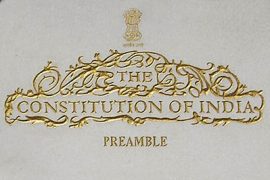In the early twentieth century, resistance to British colonialism was at its height. That was also a time when the British imperial government, to counter Indian resistance, established art schools across the country. The Bengal School of Art emerged in this scenario as a form of resistance towards Western academic styles promoted by the British in their schools. Gaganendranath was a part of this movement.
Gaganendranath is one of the lesser-known Tagores compared to Rabindranath and Abanindranath Tagore. His contribution to Indian art is notable yet long forgotten. The painter and cartoonist brought western modernism to Indian art, and his contributions were aplenty.
To understand how Gaganendranath countered Western art styles by using a western art style, we first need to understand Cubism. The origins of Cubism lie in African art. The famous French painter Pablo Picasso saw African art when he visited a museum in Paris in 1907. Later, he adopted the technique to create a painting called Les Demoiselles d’Avignon.

-30-
Copyright©Madras Courier, All Rights Reserved. You may share using our article tools. Please don't cut articles from madrascourier.com and redistribute by email, post to the web, mobile phone or social media.Please send in your feed back and comments to [email protected]











